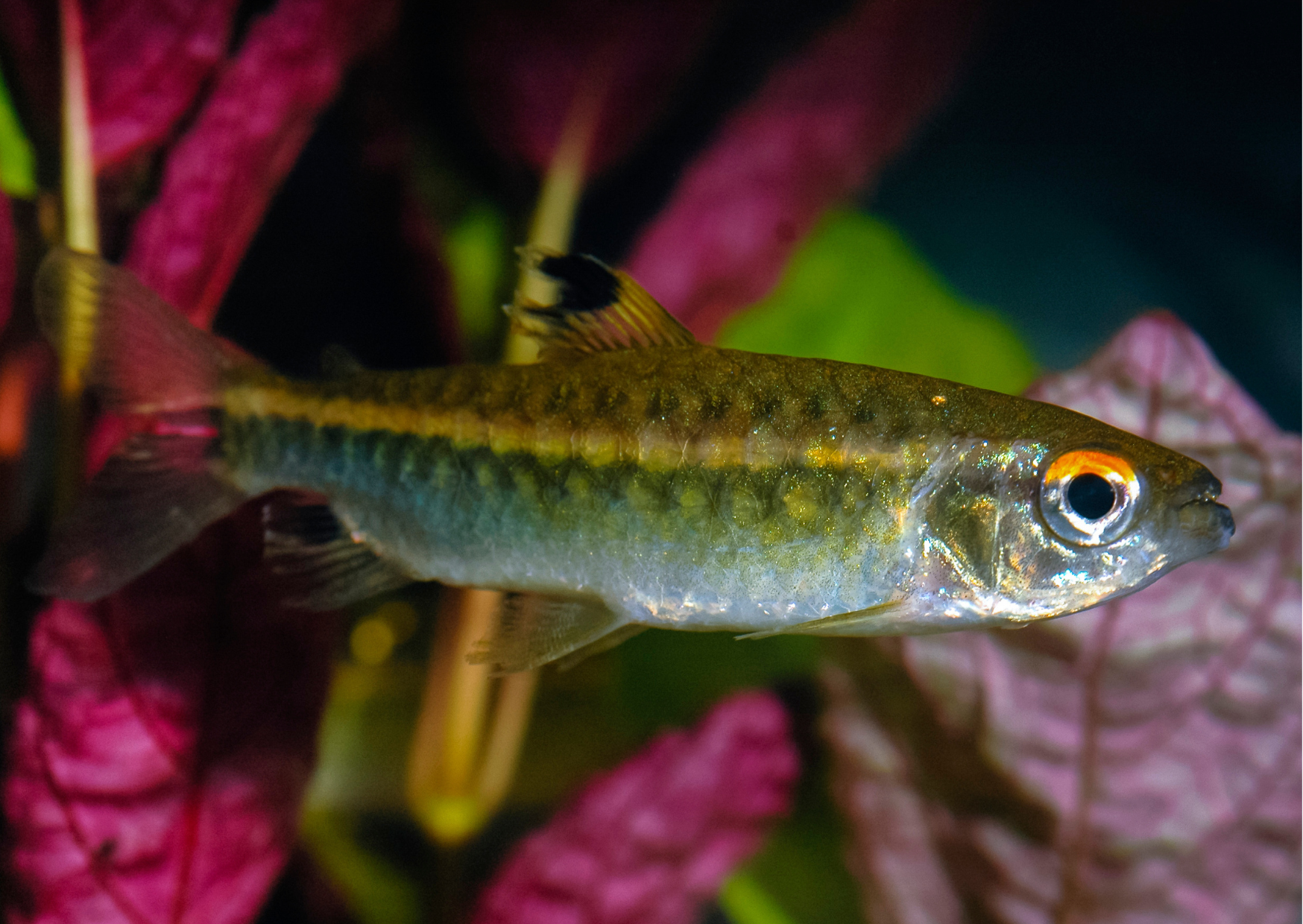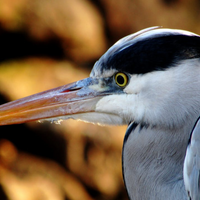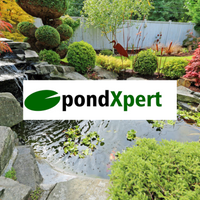Fish Profiles: African Red-Eye Tetra
The African Red-eyed Tetra (Arnoldichthys spilopterus) is a fascinating fish species native to tropical West Africa. Here are some key details about this beautiful tetra:
Distribution:
The African Red-eyed Tetra is endemic to Nigeria, where it occurs in the Ogun and lower Niger river systems. Unfortunately, it’s relatively scarce in the wild due to deforestation and pollution in its habitat.
Appearance:
These tetras have bright red eyes that give them their name. Their body coloration is silver-blue, and they exhibit a tiger-striped pattern similar to the markings on a tiger.
Habitat:
In the wild, they inhabit streams and rivers. To simulate their natural environment, consider using driftwood, branches, roots, smooth stones, and aquatic plants in your aquarium.
Aquarium Care:
An aquarium with base dimensions of 120 cm x 30 cm (or equivalent) is recommended for them. Maintain a water flow between 4-5 times the aquarium volume using an appropriate filter.
Water conditions:
Temperature: 24 – 27 °C
pH: 6.0 – 7.5
Hardness: 18 – 268 ppm.
Scientific name: Arnoldichthys spilopterus
Max size: 10cm
Origin: Nigeria
Expect to pay: uncommon, £7-10 each
Diet:
African Red-eyed Tetras are unfussy eaters and will accept most foods.
They particularly enjoy live and frozen foods, which help keep them in excellent condition.
Behavior and Compatibility:
African red-eye tetras are peaceful but very active. Avoid keeping them with shy species. They make great companions in a West African-themed community tank alongside other Alestiid tetras, smaller Synodontis spp., and robust dwarf cichlids like Pelvicachromis pulcher. Consider getting at least 10 tetras to encourage schooling behavior.
Sexual Dimorphism:
Males are slightly more colorful than females. Males have dark stripes in the anal fin and are slimmer than sexually mature females.
Reproduction:
Although rarely attempted, they are not difficult to spawn. Condition the fish using live and frozen foods. Place the selected male and female in a small aquarium with a mesh base to prevent predation on the eggs. Add subdued lighting and some clumps of plants to induce spawning.
To browse our range of breeding hatcheries please click here.
To browse our range of fish food please click here.
Photo credit(s): Shutterstock






